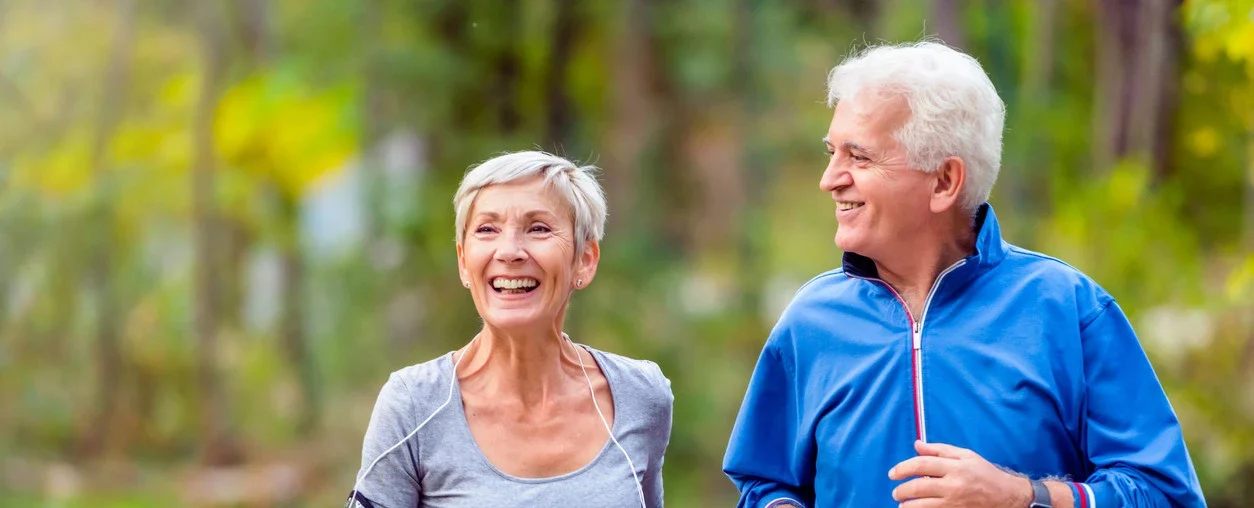In the world of endurance sports, VO₂max—the maximal rate of oxygen consumption during intense exercise—has long been used to gauge aerobic performance. But what if we told you this number isn’t just about who wins the race? It’s also one of the strongest predictors of how long and how well you’ll live.
For coaches, athletes and anyone interested in health, quality of life and longevity, understanding the importance of VO₂max— and how to measure and improve it— has never been more important.
VO₂max: More Than a Performance Metric
VO₂max reflects the integrated efficiency of your cardiovascular, pulmonary, and muscular systems. It’s the foundation of cardiorespiratory fitness (CRF)—a metric so powerful that the American Heart Association now recommends it be treated as a clinical vital sign.
Why? Because low CRF is a stronger predictor of early death than smoking, obesity, or hypertension. In fact, a massive meta-analysis involving over 20.9 million individuals found that high CRF cuts the risk of all-cause mortality by more than half. Even a modest improvement of just 1 MET (3.5 mL/kg/min) can reduce mortality risk by 11–17%.
This isn’t about elite athletes—it’s about everyone.
CRF and Aging: Lessons from Masters Athletes
Need proof that fitness is a long game? Just look at masters athletes.
As highlighted by Gries & Trappe (2022), older endurance athletes maintain VO₂max levels up to 50% higher than sedentary peers, staying well above the “frailty threshold” (17.5 mL/kg/min or 5 METs). These athletes don’t just perform well—they show significantly lower risks of cardiovascular disease, type 2 diabetes, and functional decline.
Their secret? Decades of sustained aerobic training and a physiological advantage built on strong cardiac output and efficient oxygen delivery.
A Deeper Signal of Health: CRF at the Cellular Level
What sets CRF apart from other health metrics is that it reflects whole-body function. According to Carrard et al. (2021), higher CRF is associated with a unique metabolic signature: lower inflammation, better mitochondrial function, and greater metabolic flexibility.
This means that VO₂max isn’t just about what you can do—it’s about how well your body operates on a cellular level.
How to Improve VO₂max—and Why It Matters
Fortunately, VO₂max is highly trainable. The most effective method? Aerobic high-intensity interval training (HIIT)—especially 4×4-minute intervals at 90–95% of max heart rate. This format consistently boosts CRF and endurance performance across age groups and sexes.
And remember: even small increases in VO₂max translate to meaningful gains in healthspan and lifespan.
Measure What Matters
If you’re an athlete or coach focused on performance, VO₂max is already on your radar. But it’s time to think bigger: this metric is a window into long-term health.
As the saying goes, “You can’t improve what you don’t measure.” Tools like CHASKi now make it possible to track VO₂max and CRF metrics outside the lab. Whether you’re training for a podium or just a longer, healthier life, it starts with knowing your numbers.
Sources
[1] Carrard, et al. (2021). The metabolic signature of cardiorespiratory fitness: A protocol for a systematic review and meta-analysis. BMJ Open Sport & Exercise Medicine, 7(1), e001008. https://doi.org/10.1136/bmjsem-2020-001008
[2] Gries & Trappe. (2022). The aging athlete: Paradigm of healthy aging. International Journal of Sports Medicine, 43(08), 661–678. https://doi.org/10.1055/a-1761-8481
[3] Lang, et al. (2024). Cardiorespiratory fitness is a strong and consistent predictor of morbidity and mortality among adults: An overview of meta-analyses representing over 20.9 million observations from 199 unique cohort studies. British Journal of Sports Medicine, 58(8), 556–566. https://doi.org/10.1136/bjsports-2023-107849

